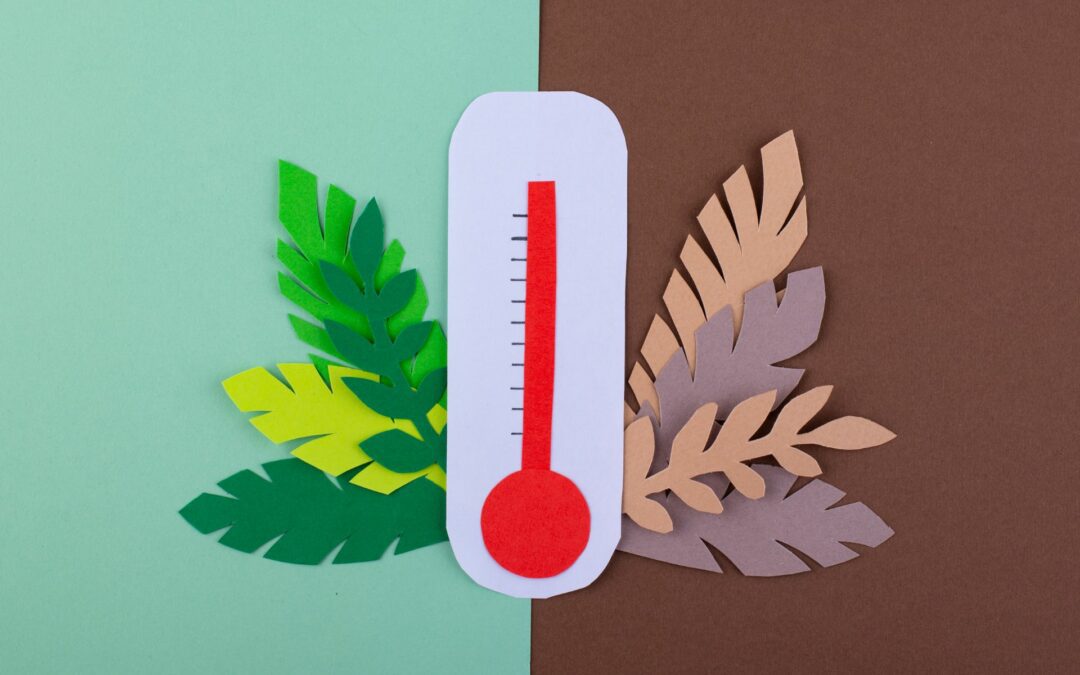How Temperature Changes Can Cause Garage Doors to Expand or Contract
Temperature changes can have a significant impact on the size and shape of garage doors. As temperatures fluctuate, garage doors can expand or contract, causing potential issues with their functionality. When temperatures rise, the materials used in garage doors can expand, leading to the door becoming misaligned or not closing properly.
On the other hand, when temperatures drop, the materials can contract, causing the door to stick or become difficult to operate. These temperature-related changes can not only affect the convenience of accessing your garage but also potentially lead to more serious issues with the door’s mechanisms.
One of the key factors that contribute to the expansion and contraction of garage doors is the materials they are made from. Different materials have varying responses to temperature changes. For example, metal garage doors tend to expand more in high temperatures compared to other materials. This expansion can lead to warping or bending of the door panels.
That said, wood garage doors are more prone to contraction in cold temperatures, which can result in the door becoming misaligned or sticking. It’s essential to consider these material-specific factors when choosing a garage door to ensure its performance and longevity in various temperature conditions.
Understanding the Role of Weatherstripping in Temperature Regulation for Garage Doors
Weatherstripping plays a crucial role in regulating the temperature inside your garage. It acts as a barrier, preventing the entry of cold air in the winter and hot air in the summer. This not only helps in maintaining a comfortable environment inside the garage but also prevents the transfer of temperature to your home, thus reducing energy consumption.
The weatherstripping is typically installed around the perimeter of the garage door, creating a seal between the door and the frame. It is made of flexible materials such as rubber or vinyl, which can compress when the door closes and expand to fill any gaps. This ensures that there are no air leaks, allowing the weather stripping to effectively regulate the temperature inside the garage.
The Importance of Regular Maintenance in Preventing Temperature-Related Issues with Garage Doors
Regular maintenance is essential in preventing temperature-related issues with garage doors. By taking proactive measures, homeowners can avoid potential problems and costly repairs in the long run. One key factor to consider is the effect of temperature changes on the garage door’s ability to expand or contract. Extreme heat or cold can cause the door to warp, leading to misalignment and difficulty in opening or closing.
Another crucial aspect is the impact of temperature on the various components of the garage door. Extreme cold temperatures can cause freezing of the door components, such as hinges and springs. This can result in compromised functionality and potential damage to the door. On the other hand, high temperatures can lead to a weakening of garage door springs and cables, reducing their lifespan and posing a safety risk.
Regular maintenance, including lubrication of moving parts and inspection for wear and tear, can help identify potential temperature-related issues before they become major problems. By identifying and resolving any issues early on, homeowners can ensure that their garage doors are functioning optimally at any temperature. Additionally, maintaining weather stripping around the garage door can help regulate temperature and prevent drafts, which can lead to energy loss.
How Extreme Cold Temperatures Can Lead to Frozen Garage Door Components
Extreme cold temperatures can wreak havoc on garage door components, causing them to freeze and malfunction. One key factor that contributes to this issue is the contraction of materials in cold weather. As the temperature drops, metal components such as springs, cables, and rollers tend to shrink, leading to decreased flexibility and increased friction. This can make it difficult for the garage door to operate smoothly, resulting in squeaking, grinding, or even complete failure.
Another factor that can exacerbate the problem is moisture. When water or condensation gets trapped in the garage door tracks or on the moving parts, it can freeze and create blockages. This can prevent the door from opening or closing properly, leaving your garage exposed to the elements and compromising its security.
To combat these issues, it’s crucial to take preventive measures. Insulating your garage and weather-stripping the door can help minimize the impact of extreme cold temperatures. Additionally, regular maintenance and lubrication of the moving parts are essential to ensure smooth operation. By addressing these factors, you can reduce the likelihood of frozen garage door components and the associated headaches that come with them.
The Effects of High Temperatures on Garage Door Springs and Cables
High temperatures can have detrimental effects on garage door springs and cables. The intense heat can cause the metal springs and cables to expand, which in turn puts additional stress on the garage door system. This increased pressure can lead to weakened springs and cables, making them more prone to breakage. If the springs or cables fail, it can result in the garage door becoming misaligned or even completely inoperable.
Furthermore, the heat can cause the lubricants used in the garage door system to evaporate, making the movement of the door less smooth and potentially causing the system to jam. It is important to regularly check and replace any worn-out or damaged springs and cables, especially in areas with high temperatures. Additionally, applying a heat-resistant lubricant to the moving parts of the garage door can minimize friction and ensure proper functioning. Taking these preventive measures can help extend the lifespan of the garage door springs and cables, ultimately saving homeowners from costly repairs or replacements.
Tips for Insulating Your Garage to Minimize the Impact of Temperature Changes on Your Door
Insulating your garage can have a significant impact on minimizing the effects of temperature changes on your door. One key factor to consider is the type of insulation you choose. There are various options available, such as foam board, reflective insulation, or fiberglass batts.
Foam board insulation provides excellent thermal resistance and can be easily installed on the walls and ceiling of your garage. Reflective insulation, on the other hand, is ideal for reducing heat transfer and can be installed on the door itself. Fiberglass batts are another popular choice, offering good insulation properties and flexibility in installation.
In addition to choosing the right insulation, it’s essential to seal any gaps or cracks in your garage to prevent drafts and heat loss. Pay particular attention to areas where pipes or electrical wiring enter your garage, as these are common sources of air leaks. Weather stripping is also crucial for creating a tight seal around your garage door. Consider installing weather stripping along the sides and bottom of your door to prevent air infiltration and keep your garage at a more stable temperature.
Furthermore, don’t forget to insulate your garage windows if you have any, as they can also contribute to heat loss or gain. Taking these steps to properly insulate your garage can go a long way in minimizing the impact of temperature changes on your door and creating a more comfortable space for your vehicles and belongings.

Expert Advice on Choosing the Right Material for Your Garage Door Based on Climate Factors.
When choosing the right material for your garage door, it is crucial to consider the climate factors in your area. The material you select will have a significant impact on the performance and durability of your garage door in different weather conditions. If you live in a region with extreme temperature changes, such as areas with hot summers and cold winters, it is essential to choose a material that can withstand these fluctuations. Steel is a popular choice for its durability and ability to withstand varying temperatures. It can expand and contract without warping or bending, ensuring the longevity of your garage door.
Another option to consider is fiberglass, which is known for its superior insulation properties and ability to resist warping and cracking. This material is great for areas with high humidity or coastal regions where saltwater exposure may be a concern. Regardless of the climate, it is beneficial to consult with a professional garage door installer who can provide expert advice tailored to your specific needs.
They can assess the unique climate factors in your area and recommend the most suitable material that will provide optimal performance and longevity for your garage door. Remember, investing in the right material for your garage door based on climate factors can save you from costly repairs or replacements in the long run.
Ensure Your Garage Door’s Reliability with Best Garage Door Repair
Weather changes shouldn’t compromise the safety and functionality of your garage door. At Best Garage Door Repair, we are committed to maintaining the performance of your garage door all year round. Our expert services help you avoid the frustrations of temperature-related malfunctions by ensuring your door is properly maintained and made from materials suited to your local climate.
Reach out to Best Garage Door Repair today to book a detailed maintenance service or to get advice on selecting the best garage door materials for your area. Protect your home and enhance your garage door’s durability with the trusted experts at Best Garage Door Repair. Don’t wait until temperature shifts affect your garage door; act now for peace of mind and uninterrupted service.

